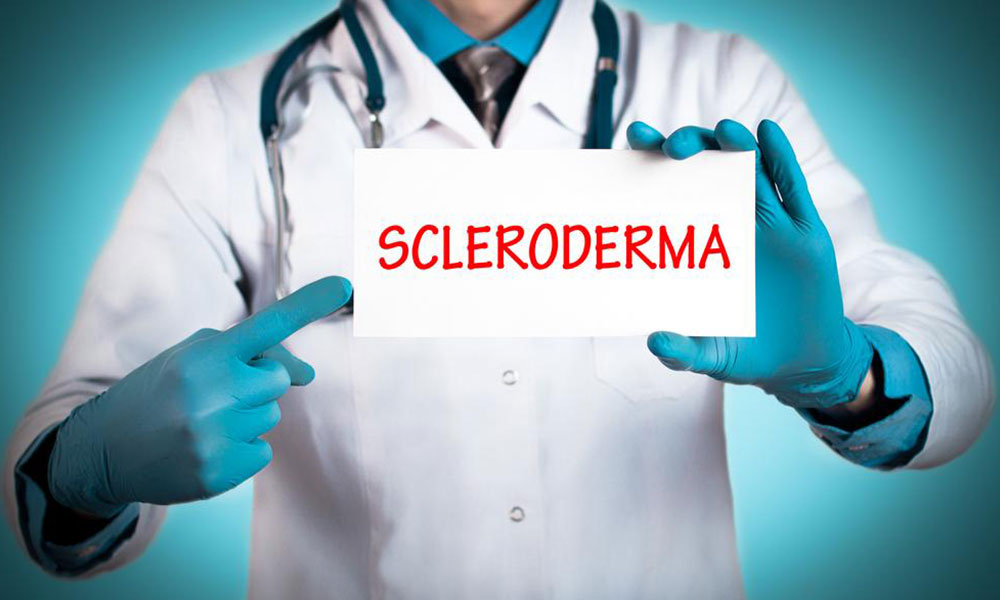Early Signs and Symptoms of Scleroderma: A Comprehensive Guide to Recognizing the Disease Step by Step
This in-depth guide provides a detailed overview of the early signs of scleroderma, including skin changes, internal organ symptoms, and circulatory issues. Recognizing these symptoms early allows for timely diagnosis and management, potentially slowing disease progression and improving quality of life for affected individuals. The article emphasizes the importance of awareness and proactive medical intervention for better health outcomes.

Identifying the Initial Symptoms of Scleroderma for Timely Intervention
Scleroderma, also known as systemic sclerosis, is a complex autoimmune disorder characterized primarily by the abnormal production of collagen, leading to thickening and hardening of the skin. Although it is a rare condition, its impact on affected individuals can be substantial, particularly as it can extend beyond the skin to involve internal organs, blood vessels, and the digestive system. Recognizing the early signs of scleroderma is crucial for initiating prompt medical management, which can slow disease progression and improve quality of life.
Scleroderma manifests differently depending on the individual and the extent of internal versus external involvement. Early detection relies on awareness of subtle symptoms that might initially be overlooked or mistaken for other conditions. This comprehensive guide covers the key early warning signs and what steps to take when they appear.
Recognizing the Key Early Signs of Scleroderma
Understanding the distinctive symptoms associated with scleroderma can significantly enhance the chances of early diagnosis. Here are the primary indicators to be vigilant about:
Skin Tightening and Thickening: One of the earliest and most noticeable signs is the development of hardened, tight skin. This usually appears as patches that may have an oval or linear shape, often on the fingers, hands, face, or forearms. The skin's firmness may restrict movement, making it difficult to open the mouth, bend fingers, or perform other everyday tasks. Over time, these patches can evolve, but initial signs are crucial for early diagnosis.
Changes in Skin Color and Texture: Besides tightness, the affected skin may exhibit changes in color, becoming shiny, pale, or bluish, especially in response to cold or emotional stress. These are often accompanied by sensory changes such as numbness or tingling, mainly in extremities.
Internal Organ Involvement: Scleroderma can affect vital organs even in the early stages. Symptoms such as shortness of breath, persistent cough, chest pain, irregular heartbeat, or kidney problems should prompt immediate medical consultation. Lung inflammation and pulmonary arterial hypertension are common internal complications.
Digestive System Difficulties: Esophageal symptoms are common early signs, including acid reflux, difficulty swallowing, or feeling of fullness. These arise from fibrosis and weakening of the esophageal muscles, impairing normal digestion and nutrient absorption.
Calcium Deposits and Other Nodules: Hardened calcium deposits may form within the connective tissues, leading to subcutaneous nodules or calcinosis. These deposits can cause discomfort or pain and are indicative of disease activity.
Color and Sensation Changes in Extremities: Fingers and toes are often initial sites for symptoms such as cold sensitivity, color changes (white, blue, or red), pain, or numbness, especially under stress or in cold environments. These features are collectively known as Raynaud's phenomenon, frequently observed in early scleroderma cases.
The Importance of Early Detection and Medical Intervention
While some skin-related symptoms may resolve over five to seven years, internal organ involvement can become severe and potentially life-threatening if not identified early. Timely diagnosis enables healthcare professionals to implement appropriate treatment strategies, including immunosuppressants, vasodilators, or physical therapy, which can slow disease progression and alleviate symptoms. Therefore, recognizing the early signs of scleroderma is vital for patients, caregivers, and healthcare providers alike.
In conclusion, understanding and identifying the initial manifestations of scleroderma can dramatically improve outcomes. If you notice any of these symptoms—persistent skin hardening, color or sensation changes in extremities, or early signs of organ distress—consult a healthcare professional promptly for comprehensive evaluation and personalized treatment planning.





